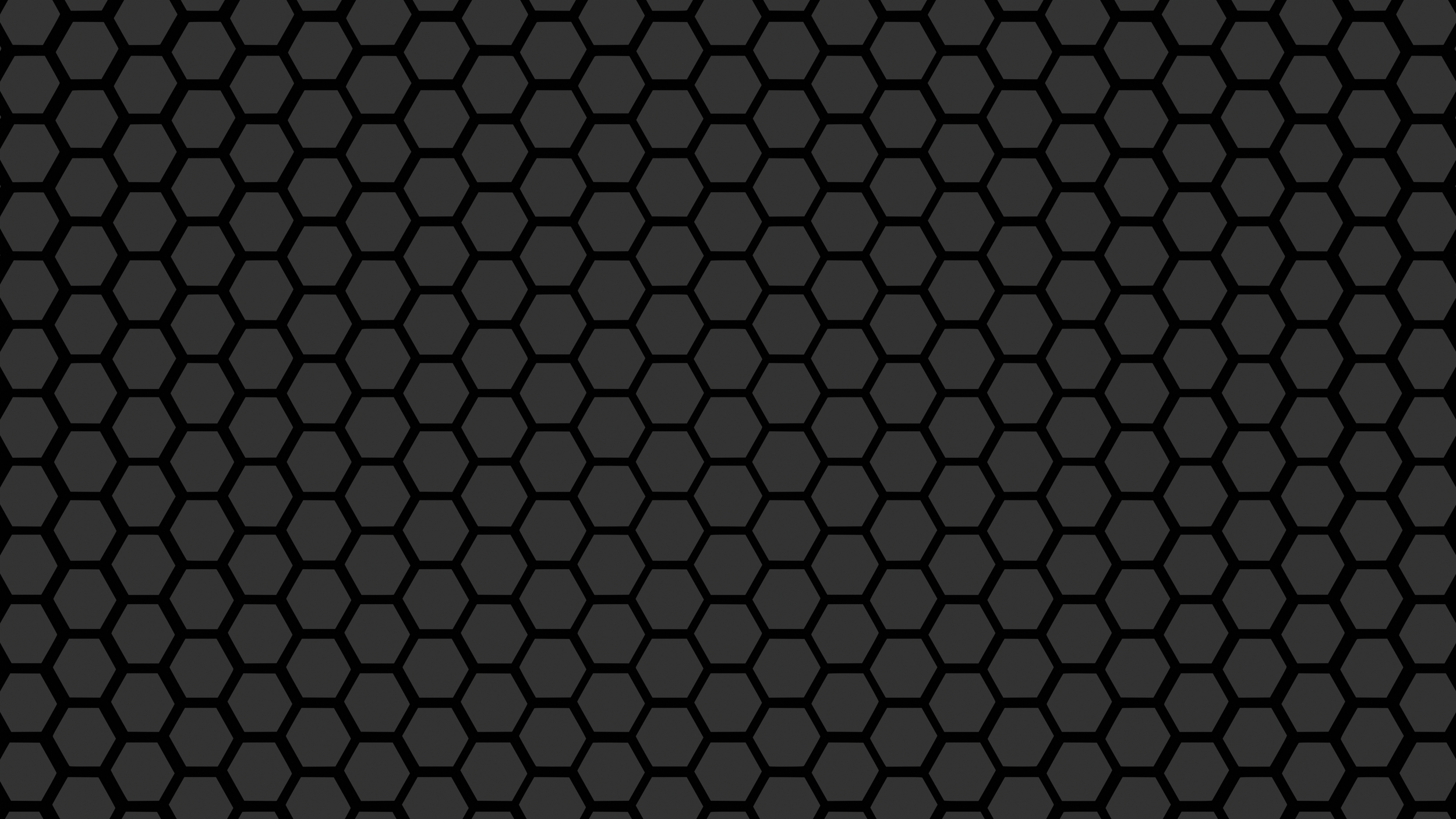
WE PRINT PETG!
What is PETG?
PETG (Polyethylene Terephthalate Glycol-Modified) is a popular material for Fused Deposition Modeling (FDM) printing and additive manufacturing. Here's a summary of its characteristics, compared to other common materials like PLA, TPU, and ABS:
**Pros of PETG:**
1. **Strength and Durability:** PETG is known for its strength and durability, making it suitable for functional parts that need to withstand stress and impact.
2. **Chemical Resistance:** It exhibits good resistance to chemicals, including acids and alkalis, making it suitable for applications where exposure to such substances is expected.
3. **Transparency:** PETG can be transparent, which is useful for applications requiring see-through parts.
4. **Low Shrinkage:** Compared to ABS, PETG has lower shrinkage during printing, reducing the risk of warping and improving dimensional accuracy.
5. **Ease of Printing:** PETG is relatively easy to print with, similar to PLA, requiring minimal to no heated bed and having less tendency to warp compared to ABS.
**Cons of PETG:**
1. **Hygroscopic Nature:** PETG is hygroscopic, meaning it absorbs moisture from the air over time, which can lead to print quality issues if not properly stored or dried before printing.
2. **Lower Detail Resolution:** PETG may not achieve the same level of detail as PLA due to its tendency to string and blob during printing.
3. **Brittleness:** While PETG is strong, it can be relatively brittle compared to materials like ABS, which may affect its suitability for certain applications.
4. **Not Biodegradable:** PETG is not biodegradable like PLA, so it may not be the best choice for environmentally conscious projects.
**Comparison with Other Materials:**
- **PLA:** PETG is stronger and more heat resistant than PLA, making it suitable for functional parts where higher strength and temperature resistance are required.
- **TPU:** Unlike TPU (flexible filament), PETG is rigid. PETG offers higher strength and durability but lacks flexibility.
- **ABS:** PETG has similar strength and durability to ABS but with less warping and better chemical resistance. ABS, however, can achieve higher temperature resistance.
**General Application Uses:**
1. **Mechanical Parts:** PETG's strength and durability make it suitable for manufacturing mechanical parts, such as gears, brackets, and structural components.
2. **Prototyping:** Its ease of printing and strength make PETG a good choice for prototyping functional parts before mass production.
3. **Containers and Packaging:** PETG's transparency and chemical resistance make it suitable for manufacturing containers, bottles, and packaging materials.
4. **Medical Applications:** PETG's biocompatibility and chemical resistance make it suitable for medical applications, such as prosthetics and medical equipment housings.
5. **Display Prototypes:** Its transparency makes PETG ideal for creating display prototypes, signage, and models where visibility or light transmission is desired.
What about PETG Variations?
While there may not be as many variations of PETG filament for FDM printing as there are for other materials like PLA or ABS, there are still some variations in terms of additives or blends that can affect its properties. Here are a few common variations of PETG filament for FDM printing:
1. **Standard PETG:** This is the basic PETG filament used for FDM printing. It offers good strength, durability, and chemical resistance, making it suitable for a wide range of applications.
2. **PETG with Additives:** Some PETG filaments may contain additives to enhance certain properties. For example, additives can be included to improve adhesion, reduce warping, increase impact resistance, or enhance UV resistance.
3. **Transparent PETG:** PETG can be produced in a transparent form, allowing for see-through parts to be printed. Transparent PETG is often used for applications where visibility or light transmission is desired, such as in packaging prototypes or display models.
4. **Colored PETG:** PETG filaments are available in a variety of colors, allowing for more visually appealing prints. These colored filaments are typically achieved by adding pigments to the PETG resin.
5. **Recycled PETG:** Some filament manufacturers offer PETG filaments made from recycled materials. These filaments are environmentally friendly and can be used for sustainable 3D printing projects.
6. **Specialty PETG Blends:** There are also specialty PETG blends available, such as carbon fiber reinforced PETG or conductive PETG, which offer enhanced mechanical or electrical properties for specific applications.
*Decisive Digital Creations would like to provide you with any part in PETG
